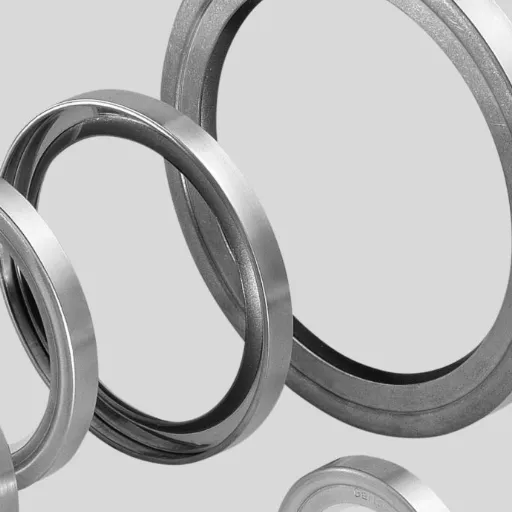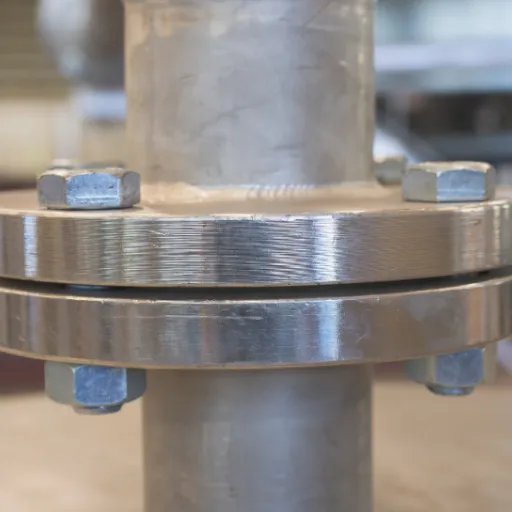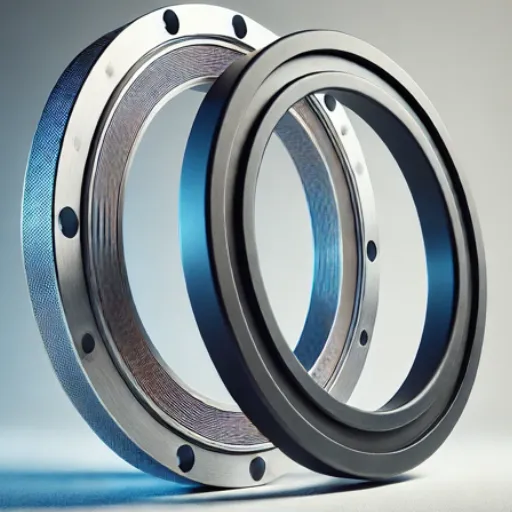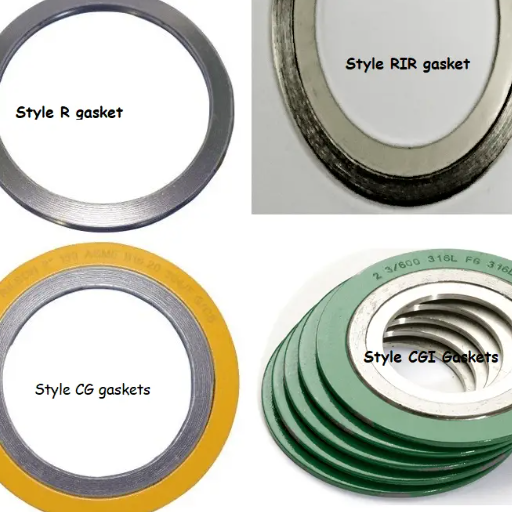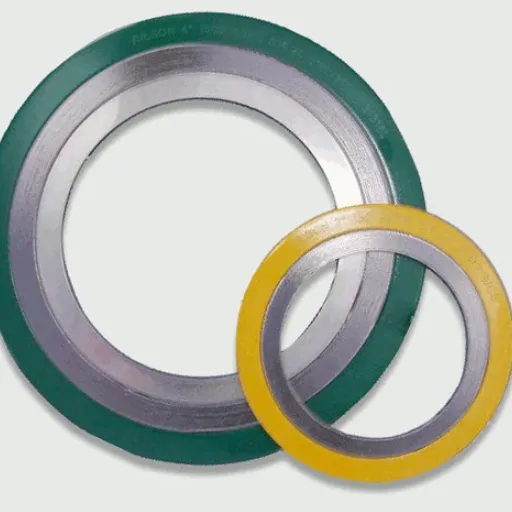This really puts the question out: Which weld connection is correct for your piping system? Two styles typically come to mind: socket weld and weld neck flange. Both have some advantages and are designed for certain applications, but what is actually the very best fit? Understanding the difference between the two types is important when one is considering maximum strength, utility, cost, or anything else considered. This blog serves greatly to compare the two, discussing their features, pros and cons, and best use cases in a way that helps you make a good decision. Be you an engineer or a contractor or an industrial professional? This guide is going to be helpful in streamlining your work and giving you a good method of connecting. Let’s discuss the positives and negatives of socket welds and weld neck flanges and see which takes home “best choice” for your application!
Introduction to Flanges
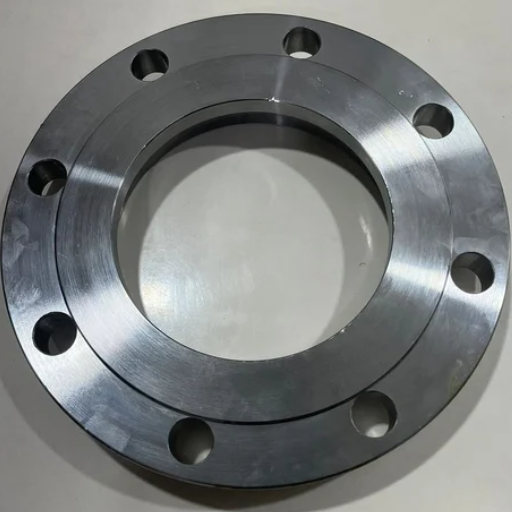
Flanges are the crucial elements connecting pipes, valves, pumps, or other types of equipment through a piping system. They have the ability to securely attach two components while sealing tightly enough to prevent leaks. A flange can be easily installed and dismantled for maintenance in the system, allowing convenient access for inspection or repairs. Common flange types that exist include weld neck, socket weld, slip-on, and blind. Each type applies to a particular application and pressure rating. Hence, the choice of a flange depends on operating pressure, temperature, and the medium being transported through the system.
What is a Flange?
A flange is one basic mechanical part that gives a fitting of pipes, valves, pumps, and other equipment to ensure a piping system. A flange assures the joining of two surfaces, bolting them together, with a gasket sometimes to ensure a proper leak-proof seal. They find usage in refineries, oil-and-gas plants, power plants, and water-treatment plants, among others.
According to the latest data, depending on use and industry standards, flanges have been categorized in a few variants-weld neck flanges, socket weld flanges, slip-on flanges, threaded flanges, and blind flanges. For example, weld neck flanges are suitable for high-pressure systems, whereas slip-on flanges are preferably applied to low-pressure cases because of easy installation. Generally speaking, the chosen flange materials-stainless steel, carbon steel, or alloy steel-should ensure durability and meet the operating conditions of the systems.
Types of Flanges
|
Type |
Pressure |
Size |
Use |
Key Feature |
|---|---|---|---|---|
|
Weld Neck |
High |
All |
High-pressure systems |
Stress-resistant |
|
Slip-On |
Low |
All |
Easy installation |
Cost-effective |
|
Socket Weld |
Medium |
Small |
High-pressure pipes |
Compact design |
|
Lap Joint |
Low |
All |
Frequent disassembly |
Reusable |
|
Threaded |
Low |
Small |
No welding needed |
Quick install |
|
Blind |
Very High |
All |
Sealing pipe ends |
Strong closure |
Importance of Flanges in Pipe Systems
Such pipe components are attached through a flange with the aid of a bolt. Flanges allow the easy installation and removal of piping systems so that maintenance, inspections, and repairs can be carried out with minimum downtime and cost. A leak-proof connection is provided for flanges that are typically used in systems handling in fluids or gases in conditions of high pressure and/or extreme temperatures.
Observed from recent industry data and insights, the choice of flanges is increasingly subject to material science advances and industry codes to render them optimally matched to various operational settings. For instance, a stainless steel flange would be adequately corrosion-resistant for chemical or marine use, while carbon steel ones are well known for strength and cost-effectiveness in general-purpose industrial use. Also, in this era of growing sustainability concerns, modern flange designs are targeted at the reduction of material waste and maximization of lifecycle efficiency. The adaptability and innovation, coupled with the reliability, solidify the position of flanges as a backbonequisite of robust and efficient piping systems in all industries.
Understanding Socket Weld and Weld Neck Flanges
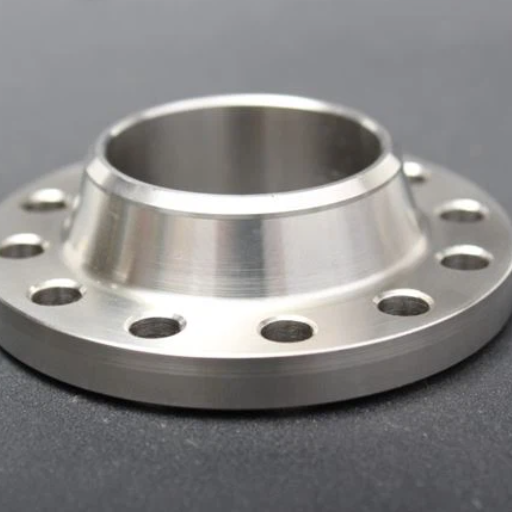
These are the two common types of pipe flanges, each with specific uses depending on application requirements. The socket weld flange is used to connect small-diameter piping. The pipe is inserted into the recessed area of the flange and welded from outside, thereby ensuring a very strong, leak-proof joint. They are suitable for systems of low to medium pressure.
Weld-neck flanges are characterized by a long, tapered hub that is butt-welded to the pipe. This type of flange has very strong construction and is, thus, suited for applications working under high pressures and temperatures. The tapered hub helps to distribute stresses evenly, minimizing the chances of failure in critical systems. Both options are needed for ensuring robust and secure piping networks, with the decision being dependent upon the specific operational requirements of the system.
Definition of Socket Weld Flange
Socket weld flange is one of the flange types designed for use in smaller diameter piping systems, generally those having a diameter of NPS 4 or less. It has an internal socket-like recess into which the pipe is inserted before being welded. This allows for a smooth bore and excellent structural integrity, especially where systems operate at high pressures. The fillet weld is strong and leak-proof with minimum turbulence and erosion within the piping system. Socket weld flanges are used in chemical processing, power generation, etc., where reliability and safety become of utmost importance. Being compact in size and highly durable, they serve as an efficient choice for high-integrity systems.
Definition of Weld Neck Flange
A weld-neck type flange is a flange with a long, tapered hub that gradually tapers into the thickness of the pipe or fitting to which it is welded. Consequently, the raised face creates excellent reinforcement and strength, making it preferably used for high-pressure applications or extreme operating conditions that involve high or fluctuating temperatures. Weld neck flanges are typically welded to the pipe by butt welding, resulting in a smooth and strong connection that minimizes turbulence and erosion inside the pipeline. A smart engineering design that can be applied to several ranges of sizes and materials has made said flange ideal in the fields of oil and gas, chemical processing, marine, and power generation. The welded neck flange is the first choice where structural integrity is a concern, and the system is expected to endure stresses over time for critical applications that require reliability and long-term performance.
Construction and Design Features
Flanges are designed with utmost precision and durability so that they can offer optimal performance during the most demanding conditions by way of solid raw materials and the best manufacturing techniques. The construction materials are generally high-grade stainless steel or, in some cases, carbon steel or different alloys to resist corrosion and bear extremely high temperatures and pressures. Flanges from types like slip-on, weld neck, blind, and socket weld are manufactured for differing applications. Properties for lading faces, flat faces, and ring-type joints all lead to a firm seal, thus minimizing the possibility of leakage and ensuring system integrity.
Like many products, flanges are sometimes looked at as commodities. In fact, many people are always searching for a flange according to the pressure class, size, and their already pre-existing system. Since flange manufacturing has once switched the emphasis of industrial machining to ease of installation, followed by maintenance, the newer designs incorporate the possibilities of better gasket performance and bolt alignment. Present trends show that high-quality surface finishes are going to be ever more highly prized to reduce the frictional wear and ensure the reliability of flanges in a high-stress environment on the long run.
Socket Weld vs Weld Neck: Key Differences

| Parameter | Socket Weld | Weld Neck |
|---|---|---|
| Cost | Lower | Higher |
| Pressure | Moderate | High |
| Temperature | Moderate | High |
| Size | Small pipes (<2″) | Large pipes (>2″) |
| Installation | Easier | Complex |
| Welding | Fillet | Butt |
| Durability | Moderate | High |
| Space | Compact | Requires more |
| Applications | Small systems | Industrial |
Connection Types and Applications
Socket weld flanges differ from weld neck flanges due to differences in connection type and application. Socket weld flanges are for small pipe sizes, mainly in low-pressure systems. They have a recessed area wherein the pipe is inserted before being filleted and welded. Hence, these flanges fit well in applications where perfect leak resistance and adequate structural support must be achieved in a small space, such as chemical systems. Conversely, weld neck flanges with the long, tapered hub provide optimal reinforcement for systems under high pressure and temperature. They find common applications in the oil and gas sectors or the power generation sectors, where stress distribution is smooth, and they are capable of performing really well under demanding situations. Each flange type offers particular advantages and is thus suited for given operational requirements.
Strength and Pressure Ratings
The force and pressure ratings of flanges differ with consideration of their material, design, and utilization. Weld neck flanges, with their tapered hub and smooth transition from the flange to the pipe, are intended for high-pressure and high-temperature services, so as to generate more durability and resistance to stress. Socket weld flanges, while compact and very efficient for small-diameter pipes, work best in moderate-pressure systems because they more or less lack the reinforcement that weld neck flanges provide. The correct flange should be chosen depending not only upon the working conditions under which it operates but also upon the mechanical properties required for its best performance and safety.
Installation and Maintenance Considerations
Installation and maintenance work for me revolve around ensuring the flanges are perfectly aligned and locked in place to avoid leaks and preserve the integrity of the entire system. I ensure the surfaces of the flanges are gleaming clean to avoid any kind of contamination and thus ensure a perfect seal. As part of maintenance, I keep an eye out for all the signs of wear, corrosion, or damage that would hamper their performance. For the long-term reliability of the maintenance, I always follow the torque specifications and replace any gasket or bolt once they show wear, bearing in mind that safety and efficiency are key in all instances.
Advantages and Disadvantages
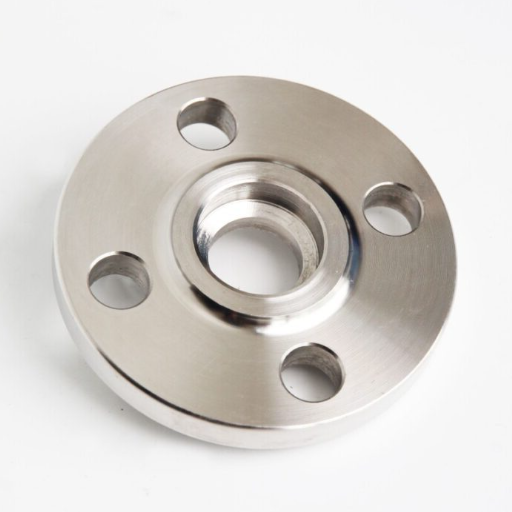
In flange systems’ maintenance, the benefits lead to improved reliability and safety, as well as preventing leaks after downtimes have incurred high costs or environmental hazards. Washing and inspecting allow the components to perform optimally and provide a longer life, whereas torque specifications avert overtightening that damages the flanges. There lies another side of the coin: thorough maintenance takes time and labor, and therefore, a fairly frequent occurrence of replacements of worn-out parts can be costly. To be able to select the best course, a delicate balance between these factors must be attained between short-term efficiency and long-term sustainability.
Benefits of Socket Weld Flanges
Socket weld flanges have various major applications and are essentially used where joints should be strong and completely leak-free. Their design imparts the advantage of high-pressure and temperature resistance, thus clearly catering to industries like oil and gas, chemical processing, and power generation. The welding of the flanges on one side prevents leakage from occurring, yet at the same time, it provides a very sturdy joint. The installation of these flanges requires precision so that the flanges will stand through all of the operational conditions, almost rigorously. The inside bore of a socket weld flange also allows a smooth flow of fluid, creating less pressure drop in the system. Hence, their efficacy and dependability keep these flanges as a first choice in all kinds of difficult environments where safety and performance hold esteem.
Benefits of Weld Neck Flanges
Weld neck flanges have several pertinent advantages, which make these systems indispensable for high pressure and temperature systems. Their design ensures strength and durability, as the flange is welded to the pipe, forming a joint that can hold up under arduous conditions. The strong construction ensures reliability and safety, as such joints stand the least chance of failure. The tapered hub distributes this stress evenly around the weld and pipe-and avoids localized stresses. This efficient stress management increases the system’s lifespan and bolsters its efficiency. This explains why these flanges enjoy recommendable applications in critical areas across industries.
Comparative Drawbacks
One of the drawbacks of weld-neck flange is its initial cost, which is higher than other flange types such as a slip-on flange or socket weld flange. The price arises out of the strong design and the skilled labor required in installation. This aspect also has to do with installation costing more time since the welding must be performed with precision, hence increasing labor rates. Their good durability and performance could make them worthwhile in critical applications; in less critical or low-budget procedures, however, the two factors just make them less attractive when an alternative that is a bit cheaper would suffice.
Choosing the Right Flange for Your Application
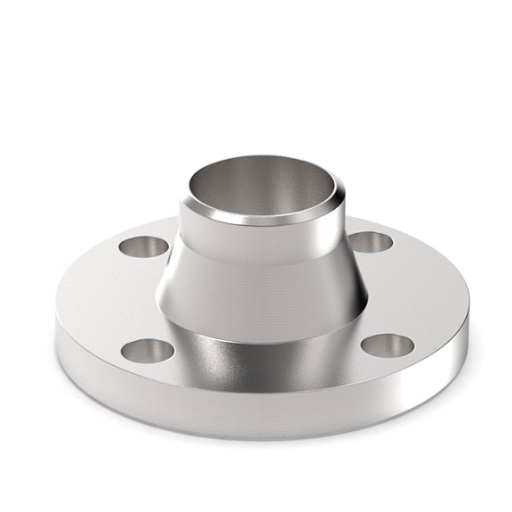
These are the main factors worth considering to help you decide on an appropriate flange for your application: operating pressure, temperature, and type of media being conveyed. For installations operating at a higher pressure or temperature, the selection of stainless steel or alloy steel materials will be preferred because of their durability and corrosion resistance. Furthermore, the type of connection-the weld-neck, slip-on, or threaded-must fit the requirement of your system to ensure a good, tight fit. Budget may sometimes limit options, but generally, a more durable option should be chosen for a critical system, while less expensive options could be considered for non-critical ones, thus partially balancing performance against cost. By sufficiently weighing the above-mentioned factors, one is well placed to choose the flange whose properties best fulfill the requirements of the application.
Factors to Consider
I begin with operating conditions of the application, such as pressure, temperature, and fluid type, to decide on the appropriate flange needed in your system. These will determine proper material and design compatibility for optimum efficiency and safety over time. Next, a check on flange type is necessary. The type of flange selected should suit the system layout. In most cases, it would be a weld neck or slip-on type.
Verification is needed for the industry standards (say ASME or ISO) and whether the flange holds the relevant certificates, thus ensuring reliability and quality. In the animal world, it is a kind of trade-off between budget and criticality: an extremely high-risk system favors durability and high-grade materials while a very low-risk setup and its budget exert pressure to find economical alternatives. Addressing this checklist gives me a confident choice for a flange that fulfills specification needs and enhances system performance.
Common Use Cases for Each Flange Type
Generally, slip-on flanges find use in low-pressure applications and installation systems in need of simple and inexpensive solutions; hence, they are often applied in water pipelines and cooling systems. I have accepted weld neck flanges as the ideal type of flange in high-pressure environments such as oil or gas refineries, where strength and resistance to leaks are paramount. Blind flanges I usually employ to close pipe ends or seals for maintenance, provided that it allow modifications in the future. Threaded type of flange in small diameter piping systems, especially plumbing or hazardous locations where heat is to be avoided, finds its use. Being able to provide strength and leak-proofing on small-sized high-pressure piping is a socket weld flange, primarily in industrial applications. There are many benefits to every flange type, so one needs to select the right one for optimal performance in the intended application.
Consulting Industry Standards
When it comes to consulting industry standards for flange selection, one must truly dive into resources, among which stand ASME (American Society of Mechanical Engineers), ANSI (American National Standards Institute), and API (American Petroleum Institute). These organizations continue to build their work around comprehensive guidelines to ensure safety, compatibility, and performance across different industrial applications. For example, the dimensions, materials, and pressure ratings are governed by ASME; hence, it is usually referenced regarding detailed specifications. ANSI allows standardization so that interchangeability can occur regardless of the manufacturer, while API stays heavily oriented toward oil and gas, endorsing the strongest, high-pressure solutions. Conforming to these standards aids you in picking exactly the type of flange that caters to your project demand while efficiency and safety are not compromised. Always recheck these websites for updates so you keep pace with any industry developments.
References
Longan Flange: This article explains the structural and functional differences between socket weld and weld neck flanges, including their applications. 1
The Piping Mart Blog: This source provides a detailed comparison of socket weld and weld neck flanges, focusing on their usage in different pipe diameters and ease of installation. 2
Wermac: A comprehensive guide on various flange types, including socket weld and weld neck flanges, with insights into their design and applications. 3
Top Socket Weld Flanges Suppliers in China
Frequently Asked Questions (FAQ)
What is the difference between socket weld flanges and weld neck flanges?
The primary difference between socket weld flanges and weld neck flanges lies in their design and application. Socket weld flanges feature a socket that allows the pipe to be inserted, making them suitable for high-pressure applications. In contrast, weld neck flanges have a tapered neck that gradually transitions to the wall of the flange, which helps distribute stress more evenly. This feature makes weld neck flanges particularly advantageous for connections involving high pressures. While socket weld flanges are often used in smaller diameter pipes, weld neck flanges are generally preferred for larger diameter pipe and flange connections. Ultimately, the choice between the two types depends on the specific requirements of the piping system.
How do socket weld and weld neck flanges compare in pressure vessel applications?
In pressure vessel applications, the choice between socket weld and weld neck flanges can significantly affect performance. Weld neck flanges are designed to handle higher pressures due to their tapered neck, which provides a stronger connection with the pipe. Socket weld flanges, on the other hand, are suitable for applications with lower pressure and are typically used in smaller diameter piping. The flange face on a weld neck flange is meant to be welded to the pipe, creating a more robust joint that minimizes the risk of leakage under pressure. Therefore, when dealing with critical applications involving pressure vessels, weld neck flanges are often the preferred option.
What are the advantages of using weld neck flanges over socket weld flanges?
Weld neck flanges offer several advantages compared to socket weld flanges, especially in high-stress environments. The tapered design of the neck flange helps distribute stress gradually over the wall, reducing the risk of cracking or failure. Additionally, weld neck flanges are more versatile and can be used in larger diameter pipes, making them suitable for a wider range of applications. They also facilitate better alignment with the pipe, which can help to minimize the restriction of product flow. In contrast, socket weld flanges may be more cost-effective for smaller, low-pressure applications but lack the robustness required for demanding conditions.
What applications are suitable for socket weld flanges?
Socket weld flanges are particularly suitable for applications involving small diameter pipes and systems that operate at lower pressures. They are commonly used in industries such as oil and gas, chemical processing, and power generation. The ease of installation is another advantage, as socket weld flanges allow for quick assembly without the need for extensive welding preparation. However, due to their design, they may not be the best choice for applications that experience significant thermal expansion or higher pressure conditions. Therefore, selecting socket weld flanges should be based on a careful assessment of the specific operational requirements.
What are the characteristics of a weld neck flange that make it preferable in certain situations?
Weld neck flanges are characterized by their tapered neck, which gradually transitions to the flange body, providing a strong and durable connection to the pipe. This design helps distribute stress evenly across the joint, making it ideal for high-pressure applications and situations where significant temperature fluctuations occur. Additionally, the flange face is designed to be welded directly to the pipe, creating a more secure seal that minimizes the risk of leaks. Such features make weld neck flanges particularly advantageous in critical systems, where reliability and safety are paramount. Their compatibility with larger diameter pipes further enhances their applicability in various industrial settings.

